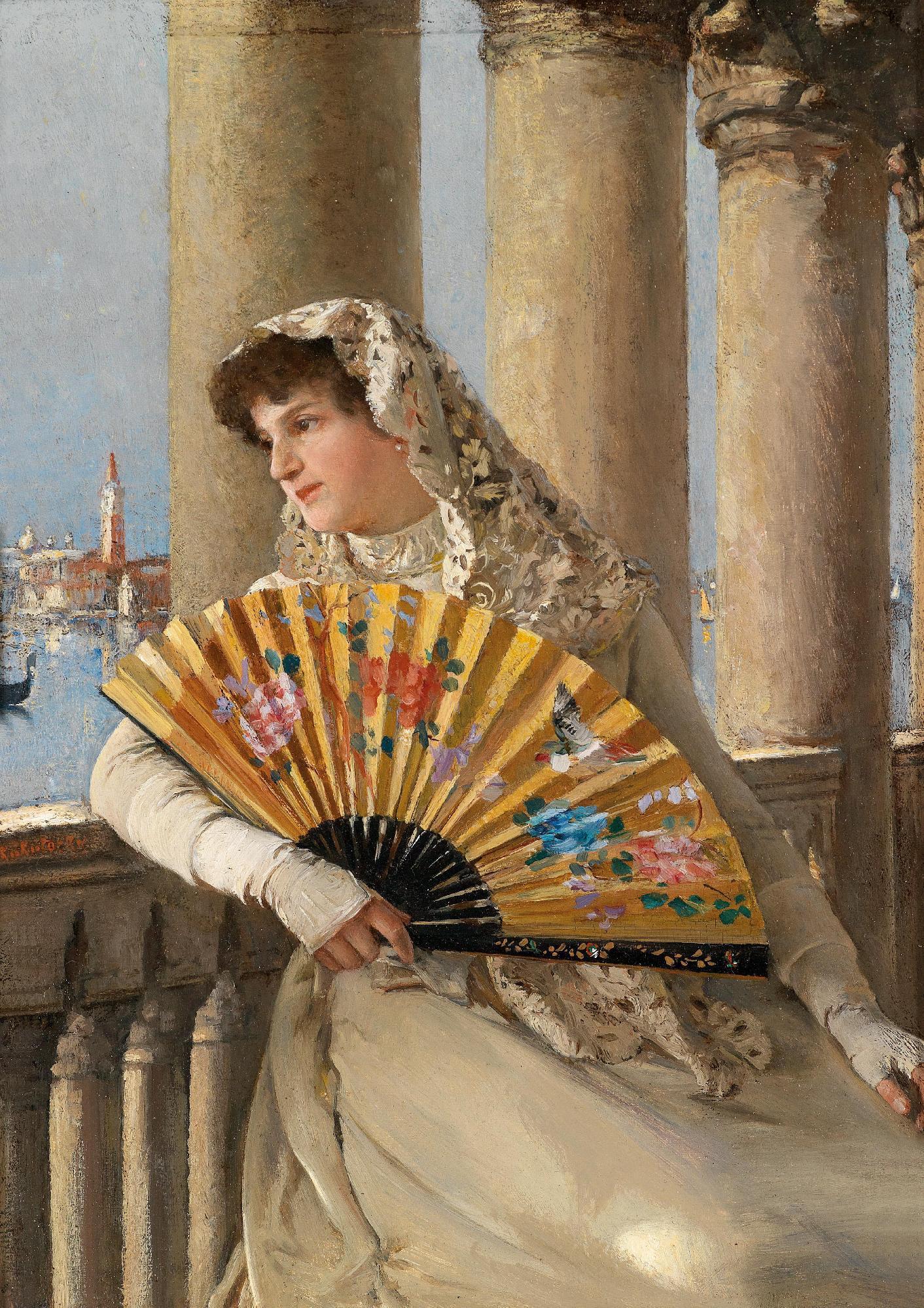Maria Barbara Krafft (1764-1825) was an Austrian painter, best remembered today for her widely reproduced posthumous portrait of Wolfgang Amadeus Mozart.
She was born in Iglau (now Jihlava, in the Czech Republic) where her father, the Austrian Imperial court painter Johann Nepomuk Steiner, was working at the time.
She was taught painting by her father and accompanied him to Vienna, where she exhibited her first painting in 1786 at the Academy of Fine Arts.
Barbara Krafft | Posthumous Portrait of Wolfgang Amadeus Mozart (Salzburg, 1756 - Vienna, 1791), 1819










